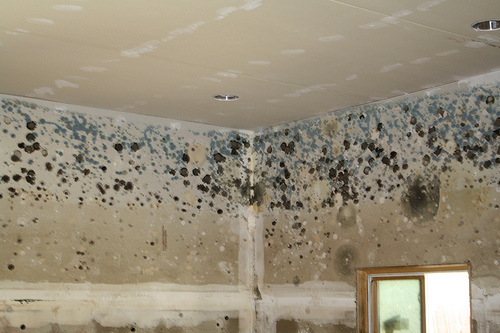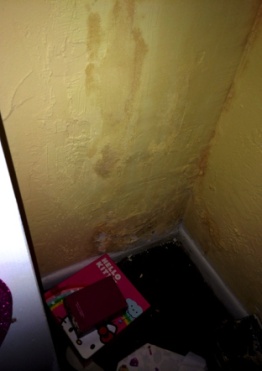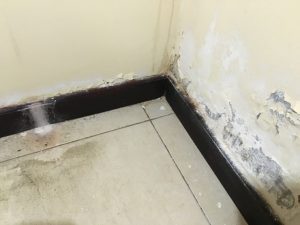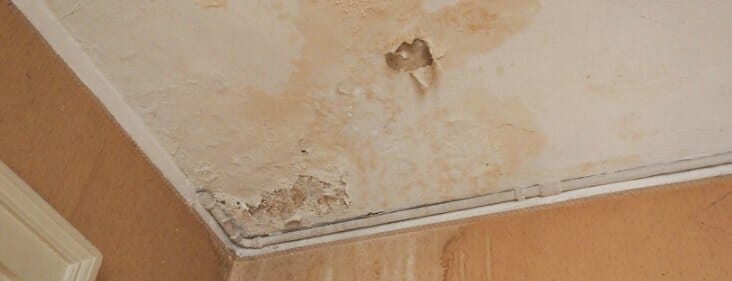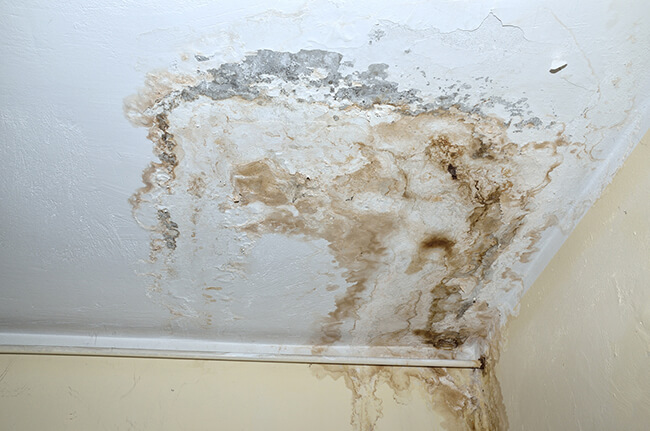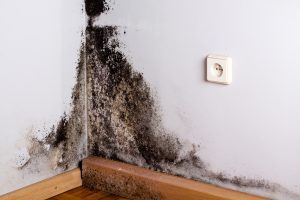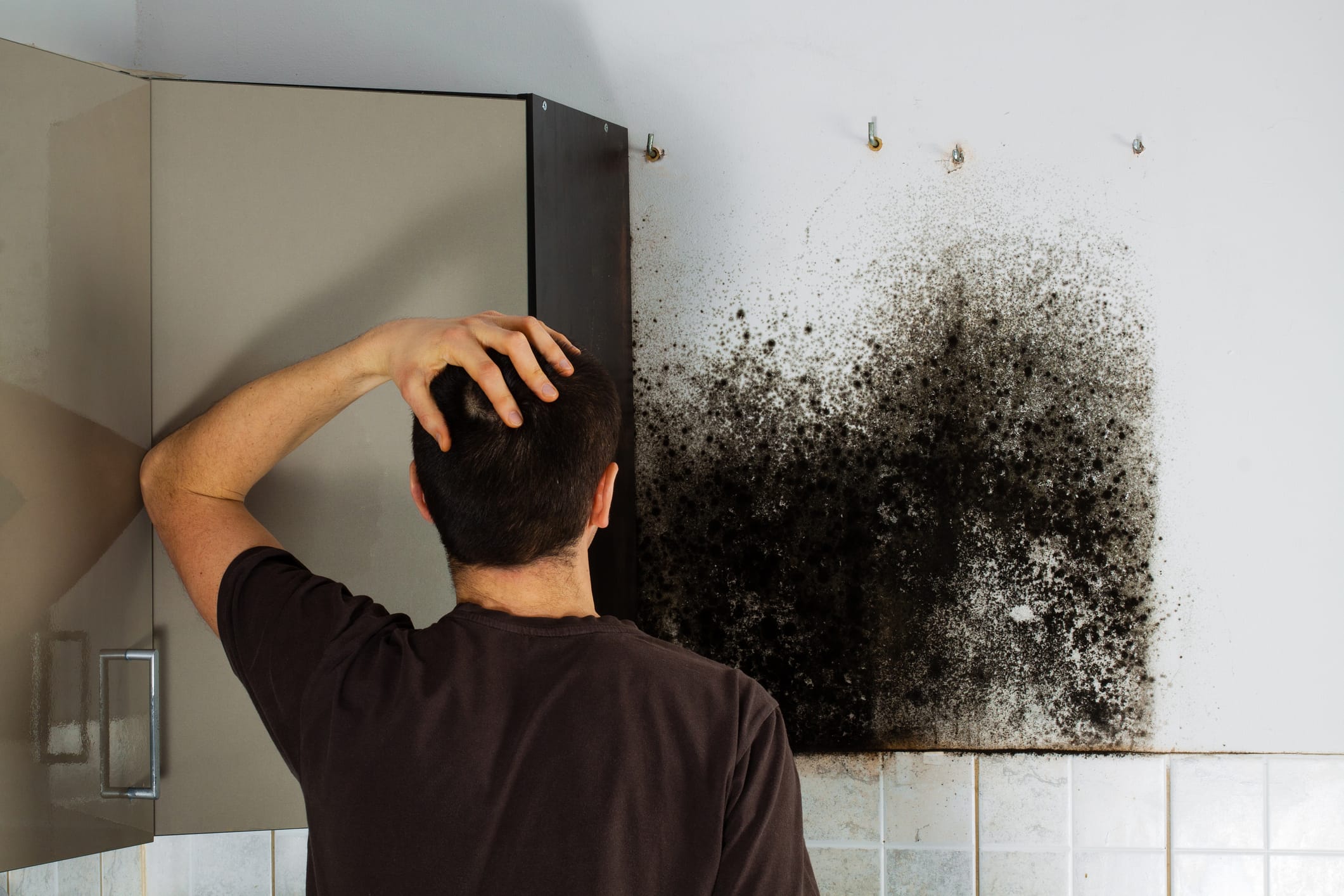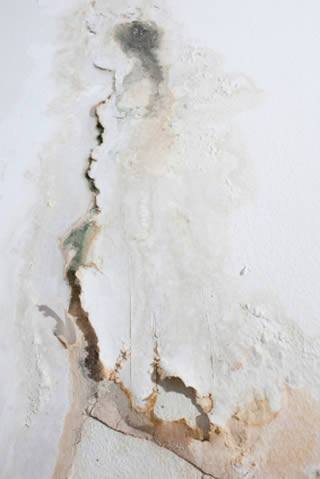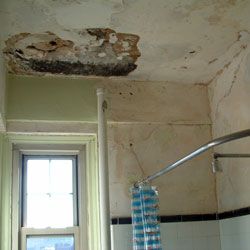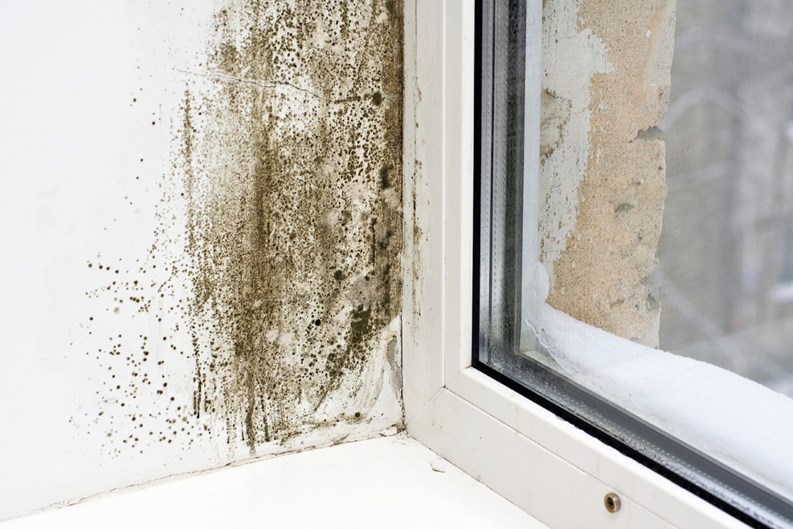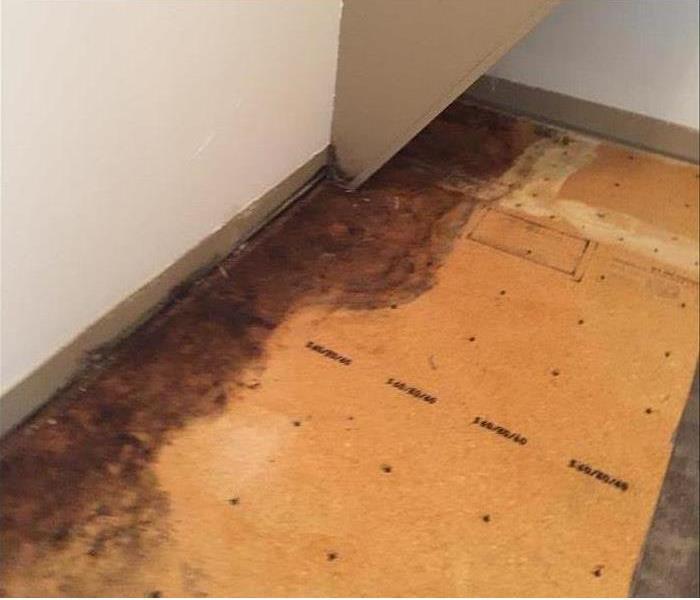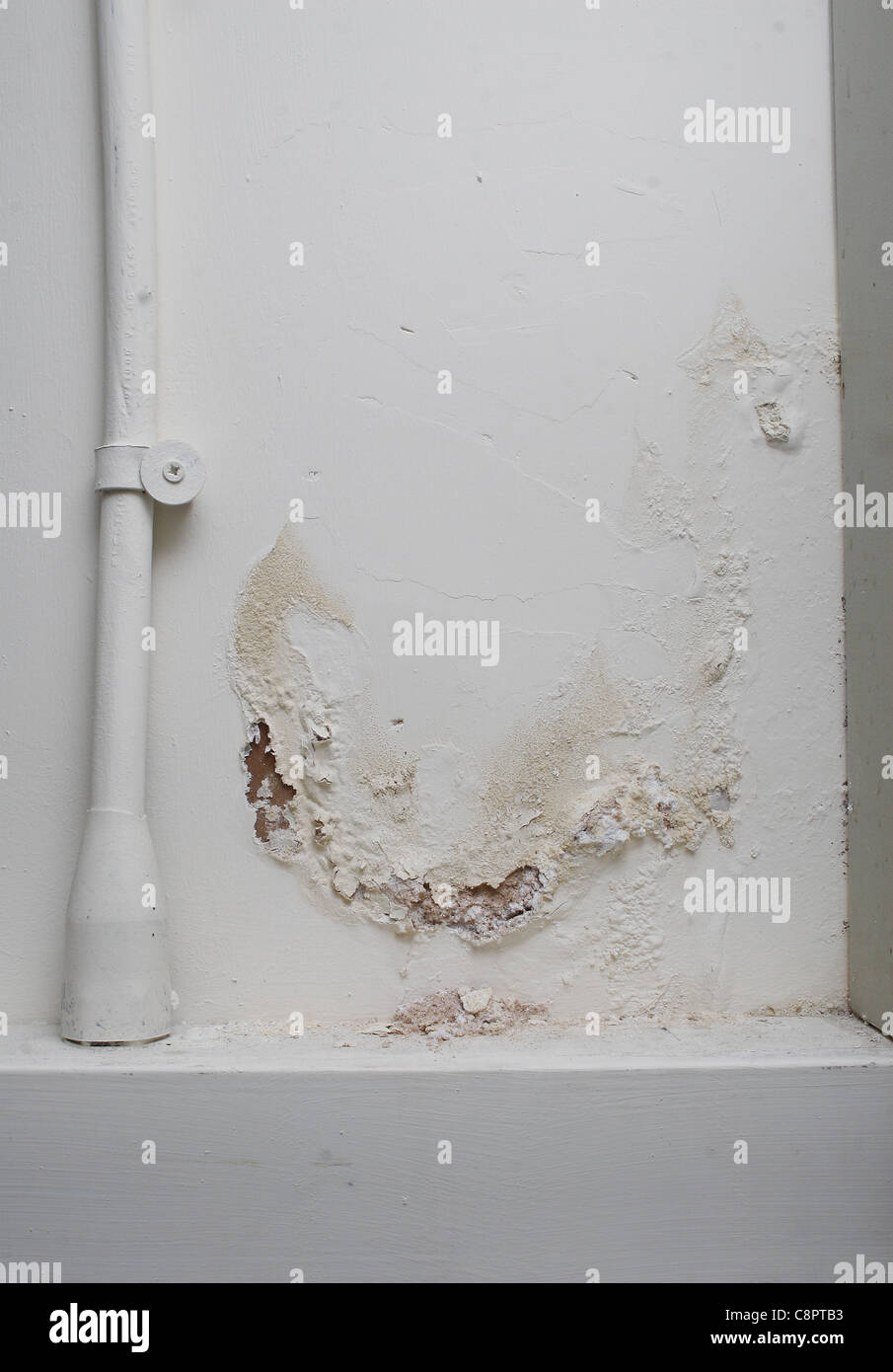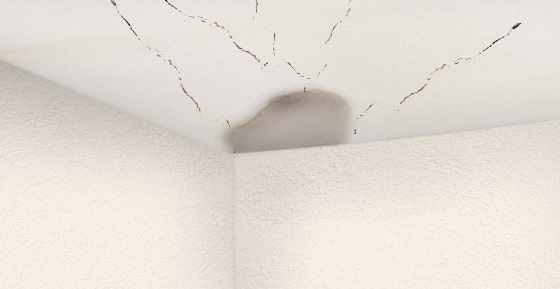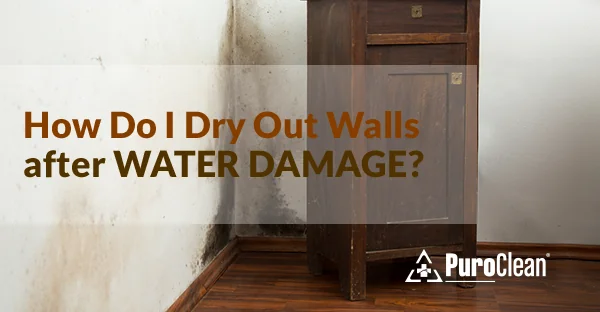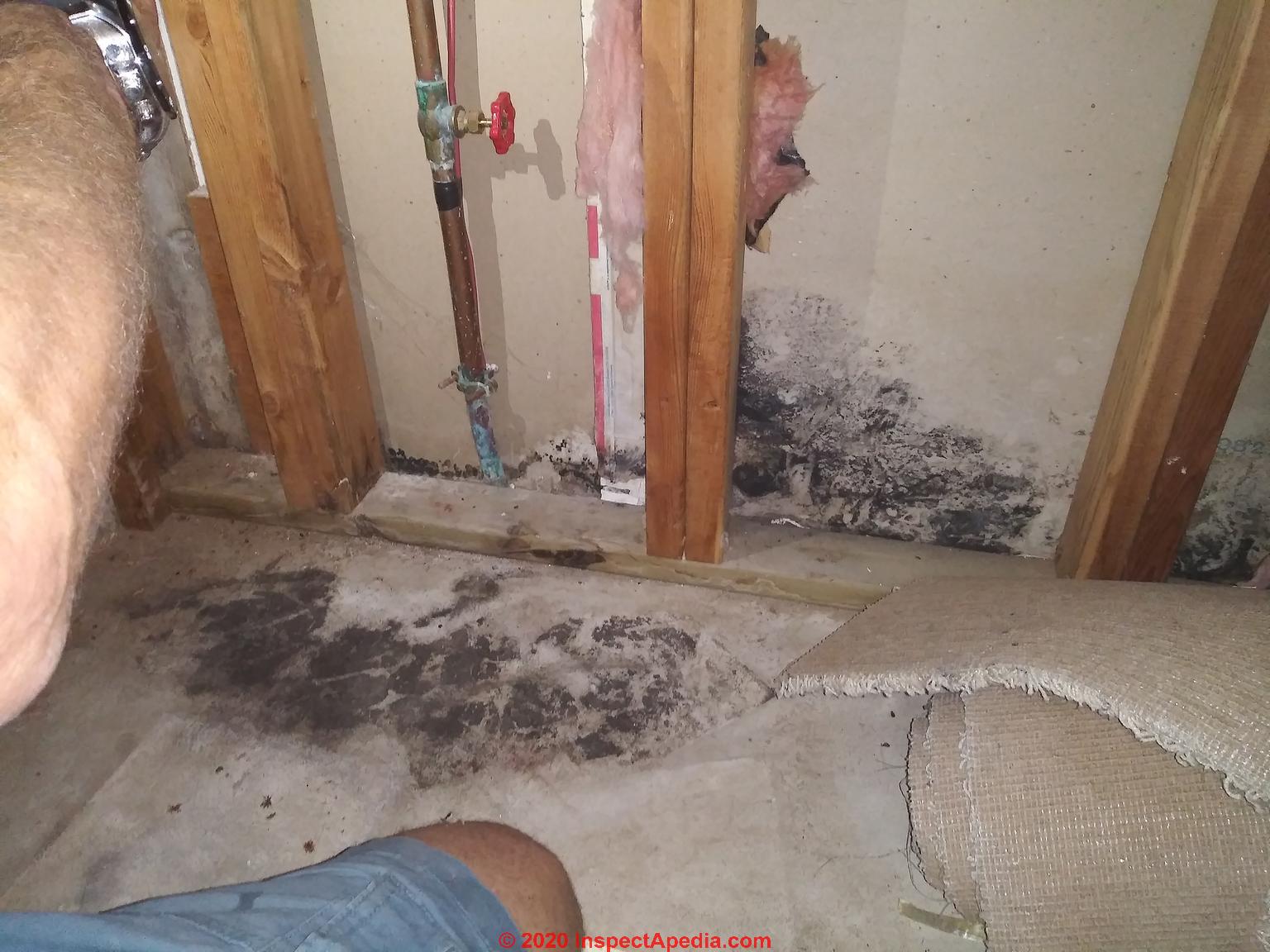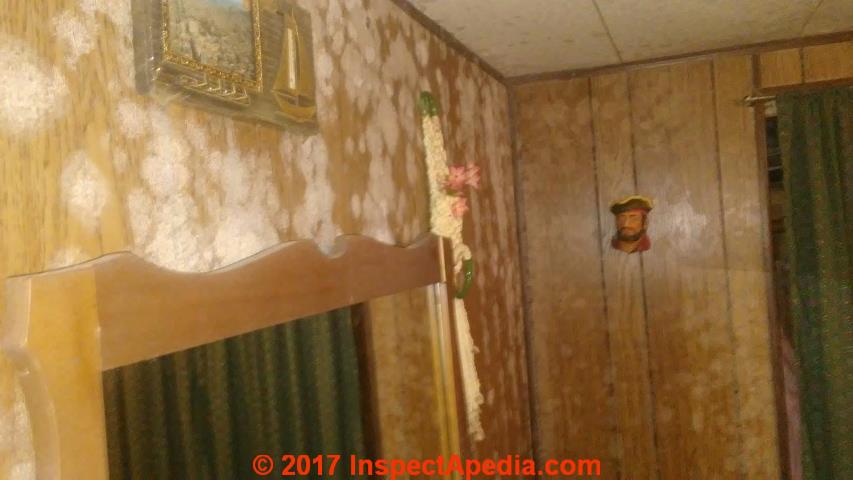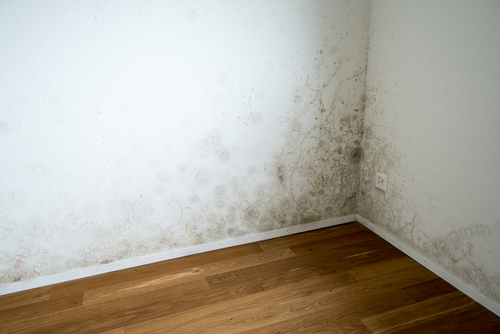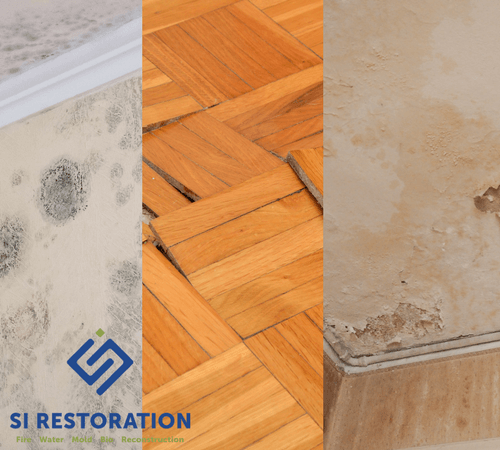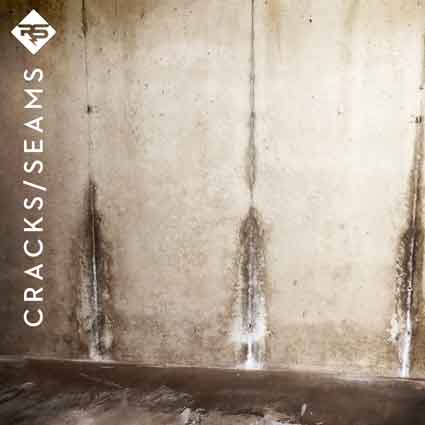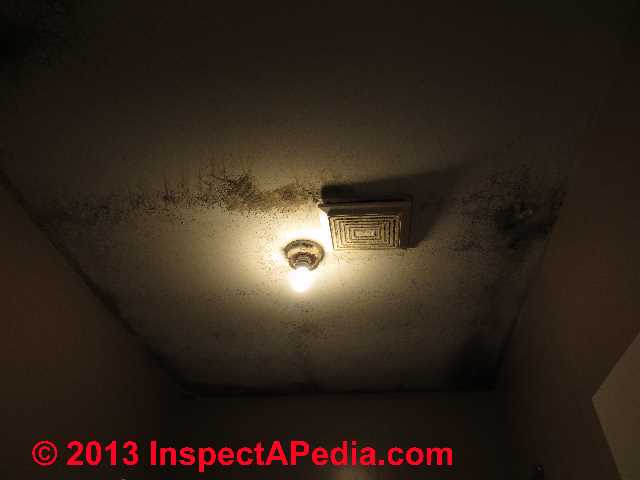Water Leak Inside Wall Mold

It is best to take action at this time to mitigate the damage and prevent mold growth from occuring.
Water leak inside wall mold. Does a water leak always mean mold. You may also notice peeling paint water stains on walls or ceilings buckled drywall or buckled shelves under your kitchen or bathroom sinks and a musty smell. Mold growth normally appears in areas with excess moisture such as bathrooms kitchens. If water reached drywall the best practice is to cut it one foot above the water line.
The worst infestations usually occur in damp crawlspaces in attics and walls where water has leaked in from the outside and in basements with poor foundation drainage. If your home has suffered severe water damage mold will grow in your walls if the water wasn t removed within 24 48 hours. Inspect the home for water leaks and have the leaks repaired if found make sure that the property has proper airflow. A water leak in wall frequently causes some mold to grow because the leak usually goes on for quite a while before you discover it.
The airflow inside of a property can be increased by opening up all. Other water problems like leaking pipes may also trap moisture inside your walls. The key to stopping mold and mildew is controlling dampness. You need to be absolutely sure there is no mold in there before putting up the new drywall because if you repair the wall with even a tiny bit of mold inside that mold can grow and spread and you may not realize it until you ve got a serious mold problem in your home.
Steps to prevent mold growth. Weather the water damage is the result of a storm surge or a leaky faucet when water is trapped behind walls or paneling the elements needed for mold growth will most likely be present. Signs of mold from water leak include visible mold usually black or gray in color either patchy or streaky and the mold from water leak usually looks slimy. Both a utility knife and a drywall saw can be purchased at your local hardware store.
In florida water and mold damage to the drywall of the walls and ceiling of condominium units is a frequent problem. Excess water or moisture can create a musty smell when it gets absorbed into building materials like. When unit owners bring water and mold damage issues to the attention of the condo association many associations usually try to point the finger at someone else. Signs you may have a leak wet or discolored drywall water stained trim damp masonry musty smells mold or mildew puddles on the floor near walls or drips from the ceiling.
Increase air circulation in the property by moving furniture just a few.
